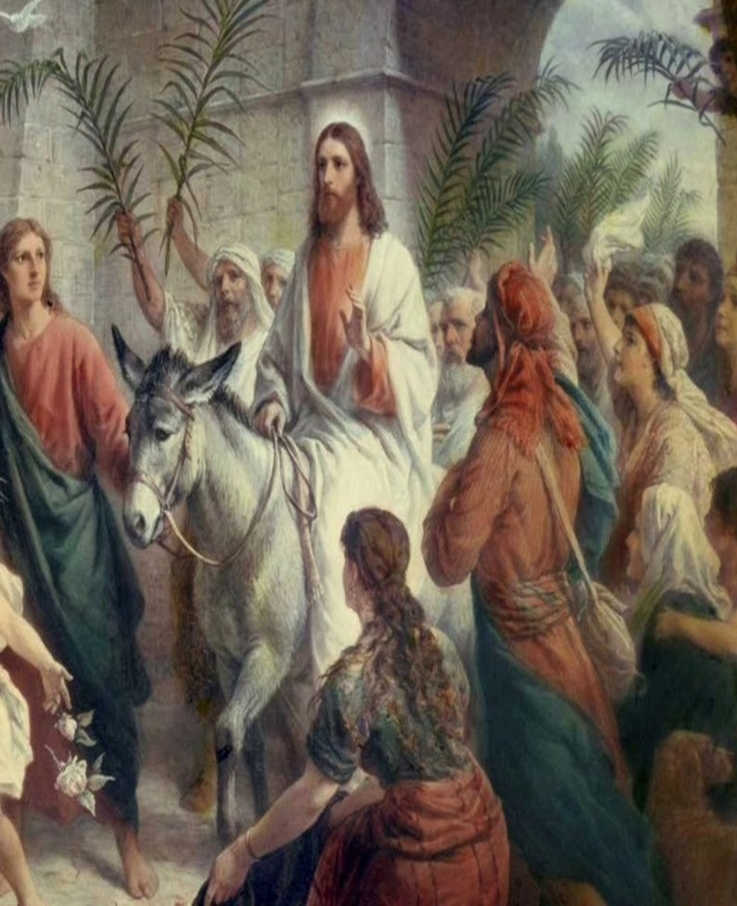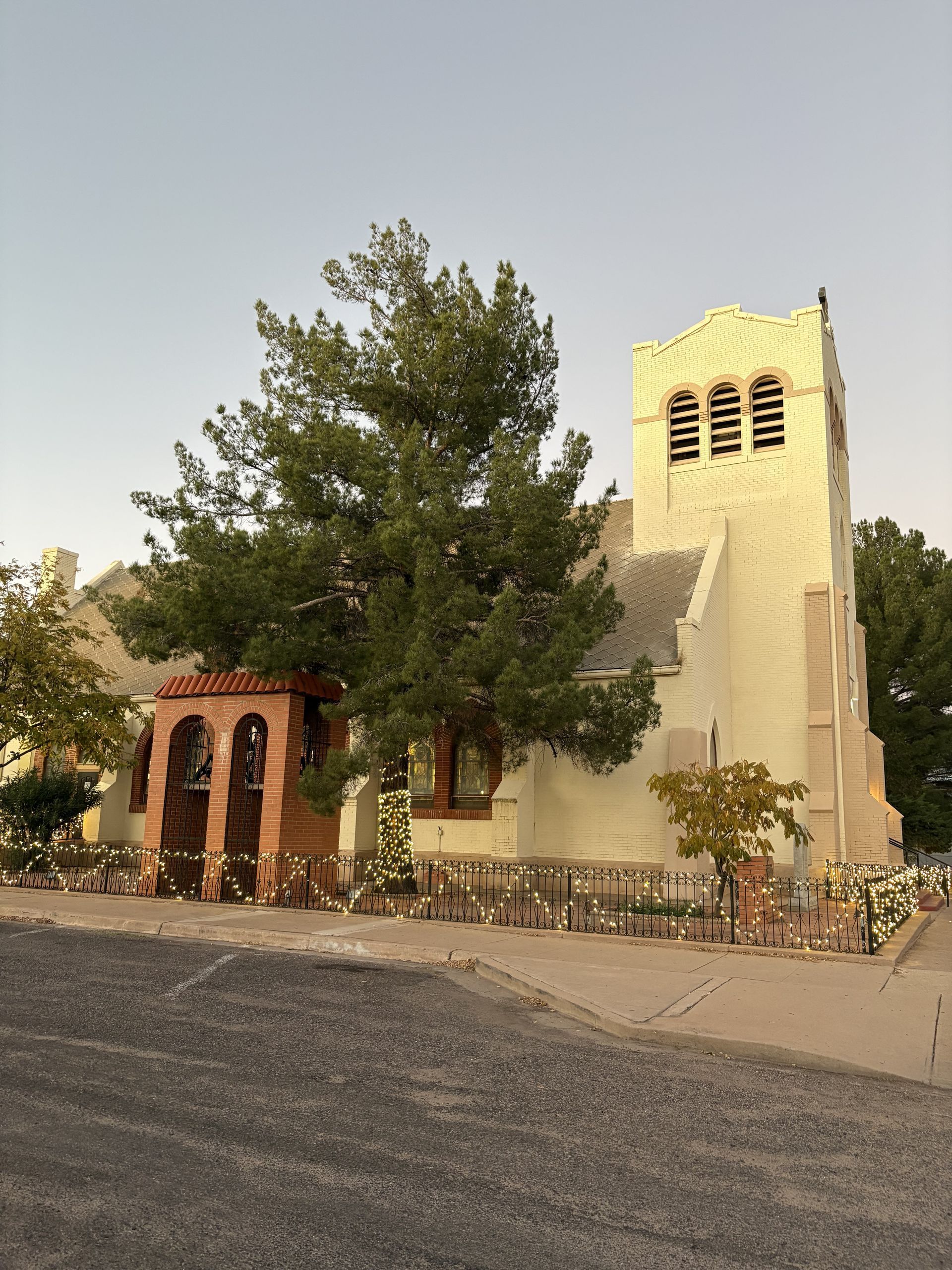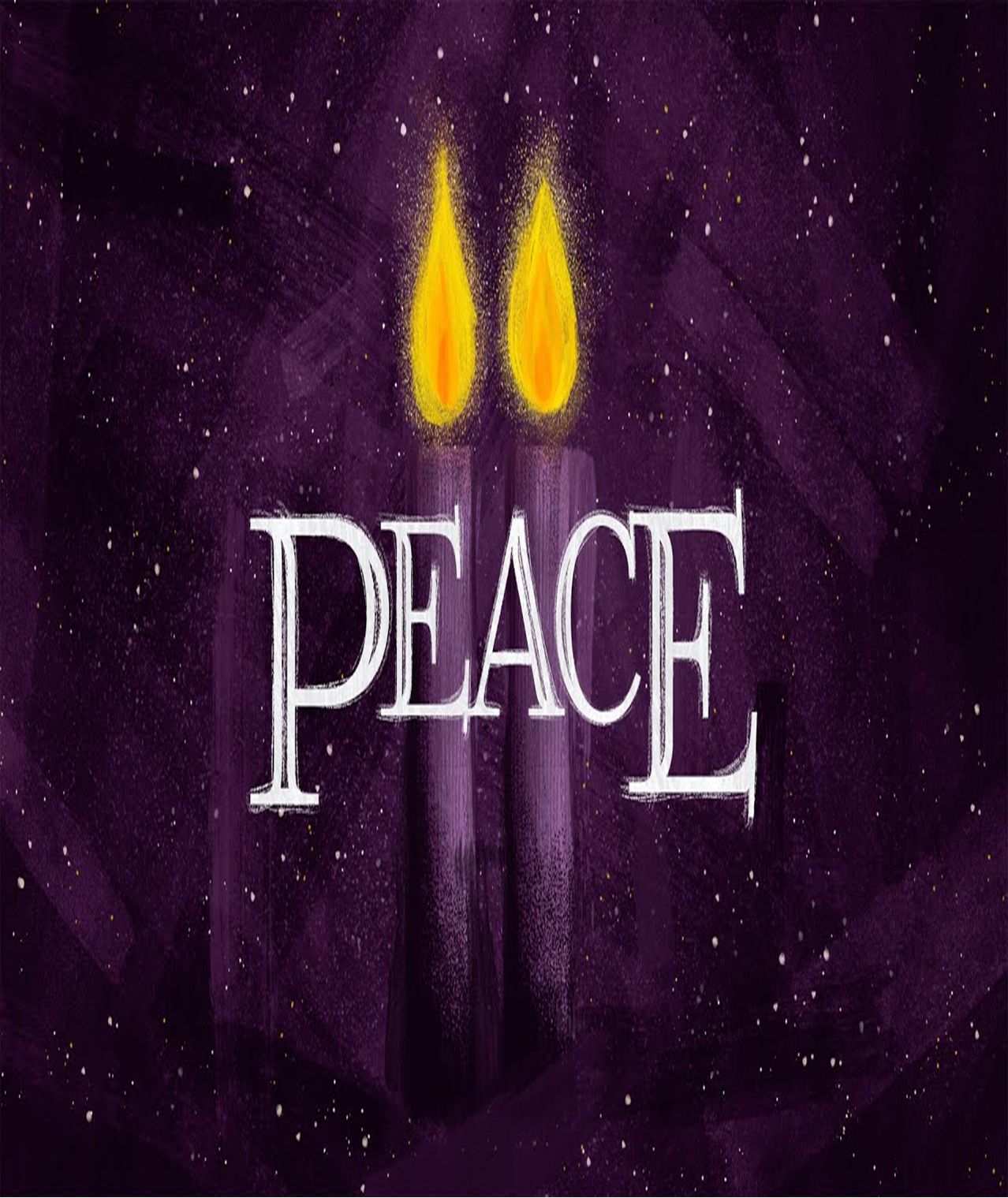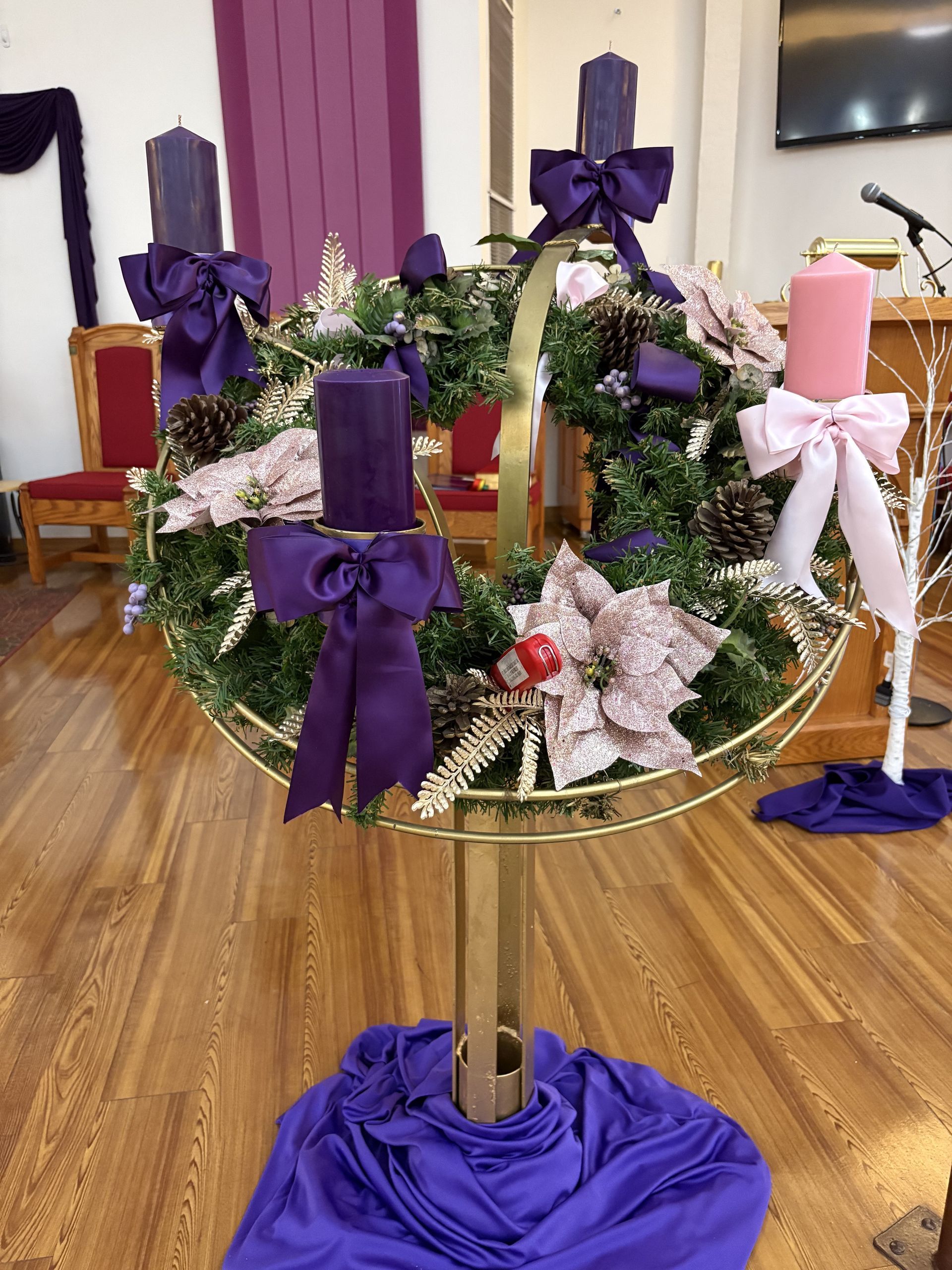HOSANNA! BLESSED IS HE WHO COMES IN THE NAME OF THE LORD!

Our version of HOLY WEEK has evolved across centuries such that it is difficult to trace the origins of our practices. The diary of Egeria, a Spanish Nun who travelled to the Holy Land in the 4th century and recorded her experiences has been an enormous resource apart from the gospels. I am going to give you a short commentary and/or brief overview of the various religious activities in our parishes. HOLY WEEK is marked by so many processions starting with Palm Sunday which commemorates Jesus’ entry to Jerusalem, the procession to the place of reposition - our version of the (agony) of the garden of gethsemane which ends the Evening Mass of the Lord’s Supper, the procession from each Stations of the Cross on Good Friday observing the different short pauses in our lives, on Good Friday Liturgy - the procession to adore and venerate the Lord’s cross and joining in line for communion, on Easter Vigil – the procession from the place of the Blessing of the New Fire (Lucenarium – Lighting ceremony) to the church and finally, before the Sunrise Mass - the procession of the Risen Christ which reenacts the encounter between the Resurrected Jesus and the Blessed Mother. Communal Procession reminds us that we are the pilgrim people of God.
PALM SUNDAY, April 10 begins with the procession of palms. As the diary of Egeria attests, this procession has existed as early as the fourth century. It is customary that we carry branches and cry Hosanna! In fact, I was delighted to know that children led the procession or that there were many children who joined in the procession from the mouth of babes.
On HOLY MONDAY, April 11, Fr. Marco, and I will attend the Chrism Mass at St. Augustine Cathedral, Tucson, AZ presided over by Bishop Edward Weisenberger. In this Mass, the Bishop will consecrate the oils (Sacred Chrism – Oil of the Chrism, Oil of the Catechumen, and the Oil of the Infirm) to be used to administer the sacraments in parishes. In the same liturgy, priests will renew their promises made during ordination with the opening question, are you resolved?
On HOLY TUESDAY, April 12, we shall begin our FORTY HOURS OF PRAYER FOR PEACE with the Lord, with our church, with our family, with the world, with ourselves. If you are at PEACE, you have less worries. You are closer and nearer to the Christian Message of Joy/Rejoice. I hope you can spend even just a moment with us. We will pray the liturgy of the hours, the official prayer of the church to punctuate the hours of the day. If you want to strengthen your prayer life, I highly recommend that you recite Morning Prayer (Lauds) and Evening Prayer (Vespers) and before going to bed Night Prayer (Cumpline). You can download apps and recite the prayers in your phone. This can also be the Holy Week practice of families at home. For those who missed the Communal Penance Service, CONFESSION will be available on Tuesday and Wednesday, 6pm-7pm, IC and SL, to prepare us internally for the great feast.
HOLY WEDNESDAY, April 13, is also called SPY WEDNESDAY. It is a day when Judas Iscariot betrayed Jesus with a kiss. Peter denied Jesus three times but the difference between him and Judas is that Peter repented and asked forgiveness while Judas hanged himself on a tree.
Starting Thursday Morning, the communal recitation of the LITURGY OF THE HOURS, the official prayer of the church, unknown to many of us, will be observed. It is a prayer that punctuates our day.
PASCHAL TRIDUUM is the heart and soul of the Liturgical year. The original term for Easter was Pesach which is a Jewish spring religious festival/sacrifice rooted in the story of Exodus when the Lord delivered the Israelites out of Egypt. Pesach is a weeklong event in Jerusalem or can be a one-day event performed domestically in a family setting. It is all about remembrance of the gracious things God has done to his people especially in terrible times. Paschal Triduum which extends for three days (Passion, Death, and Resurrection) is the Christian version of the Passover, or the fulfillment of the scriptures. The Lenten season ends on the Evening Mass of the Lord’s Supper on MAUNDY THURSDAY, April 14. The Evening Mass of the Lord’s Supper commemorates the institution of the Holy Eucharist where Jesus left us two commandments with the words, “Do this in remembrance of me” and “love one another as I have loved you”.
GOOD FRIDAY, April 15, I understand that the Stations of the Cross, Divine Mercy Novena have gained popularity, and well attended. But, the Good Friday Liturgy which consists of the Liturgy of the Passion, the Adoration/Veneration of the Cross and Holy Communion is central to Good Friday and therefore, more important than other pious devotions mentioned. They cannot replace the Good Friday Liturgy.
On the morning of HOLY SATURDAY, April 16, there is not much going on. It is the time when Christ descended into hell, hades, in the underworld, the place of those awaiting redemption to rescue them from punishment to salvation, from death to life. Liturgy Ministers will also spend this time in rehearsals for the Easter Vigil and parishioners decorate the worship environment.
EASTER VIGIL is the mother of All Vigils and Liturgies. No liturgy even comes close. All liturgies (God’s work and action performed by the gathered assembly - people of God) flow from the Easter Vigil. In fact, before the great expansion of what we no call Holy Week, Easter Vigil was the single most important celebration of the early Christians or better, the only Easter celebration. What we are currently doing is the revival/rebirth of this ancient liturgy that has probably lost its appeal, emphasis or hasn’t gotten much attention. It is celebrated yearly but not well recognized and appreciated maybe because it is a very long liturgy, the longest on record. If it’s three hours or over, so be it. The church will not apologize. Neither do I. Each Sunday of the year is a little Easter celebrating Christ’s resurrection. The vigil should start after sunset and when it is dark. On Easter Vigil, Christians stare at darkness and see life. God has been friends with darkness for a long time. The Easter Vigil readings which recount the story of our salvation from Genesis to Revelation, will tell us clearly that God has been with us from day one. Christ rose in the darkness of the tomb, bringing us out of darkness into light. On Easter Vigil, we will enter the church in shattered darkness to stress that as Christians we are not afraid of the dark anymore.
Exsultet (Easter Proclamation) is a call to Rejoice! Exult! Jump for Joy! Leap for Joy! The Exsultet summons the heavenly hosts, choirs of angels, the whole earth (the created universe), the church (people of God) to exult! Rejoice! heavenly power! Sing choir of angels! In this solemn prayer, “This is the night” is mentioned five times placing emphasis on this night. This is the night that God wants to enter in every part and cell of our bodies. It says that what happened in the past is happening in the present in the here and now, right now at this very moment. Exsultet is a long prayer of petition for the father to accept the Paschal Candle – the light of Christ. In this ancient prayer, we ask God to accept the community gathered in worship as an evening pleasing sacrifice of praise. It is a prayer to let the light persevere until dawn, unending light for all eternity. As the candle sets ablaze the whole church including the electric lights, so the community in prayer spreads the mystery of the Christian faith in the Risen Christ. The resurrected faith is the sanctifying power that “dispels wickedness, washes faults away, restores innocence to the fallen, and joy to mourners, drives out hatred, fosters concord, and brings down the mighty”. St. Augustine said that the gathered assembly at the Easter Vigil should not leave until after midnight. If you have never attended the Easter Vigil, please plan this year. It is a very long celebration that might put you to sleep and slumber which is completely understandable but it’s worthwhile. There is nothing like Easter Vigil because we come for our earliest communion with the Risen Christ.
On EASTER SUNDAY, April 17, you are most welcome to join us in the Sunrise Mass at 6:00 am. We will start in St Luke church at 5:45 am and process the newly made statue of the Risen Christ around the block. The Sunrise Mass will be held at the Loretto School West Yard. Easter and East (where the sun rises) has a lot in common. Happy Easter!



